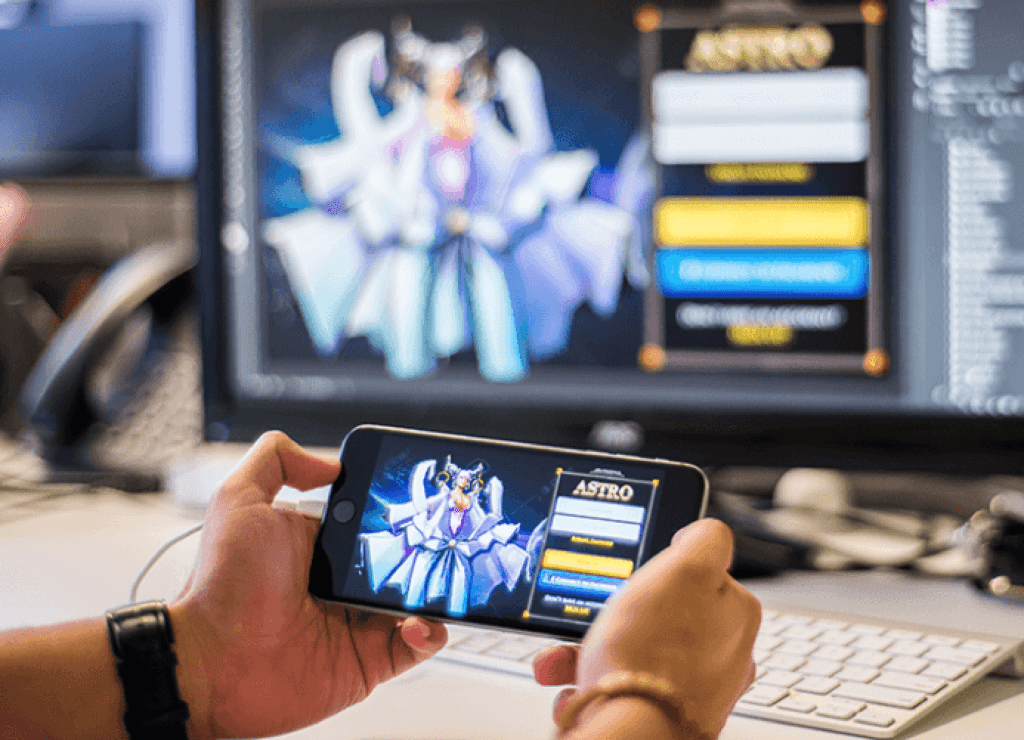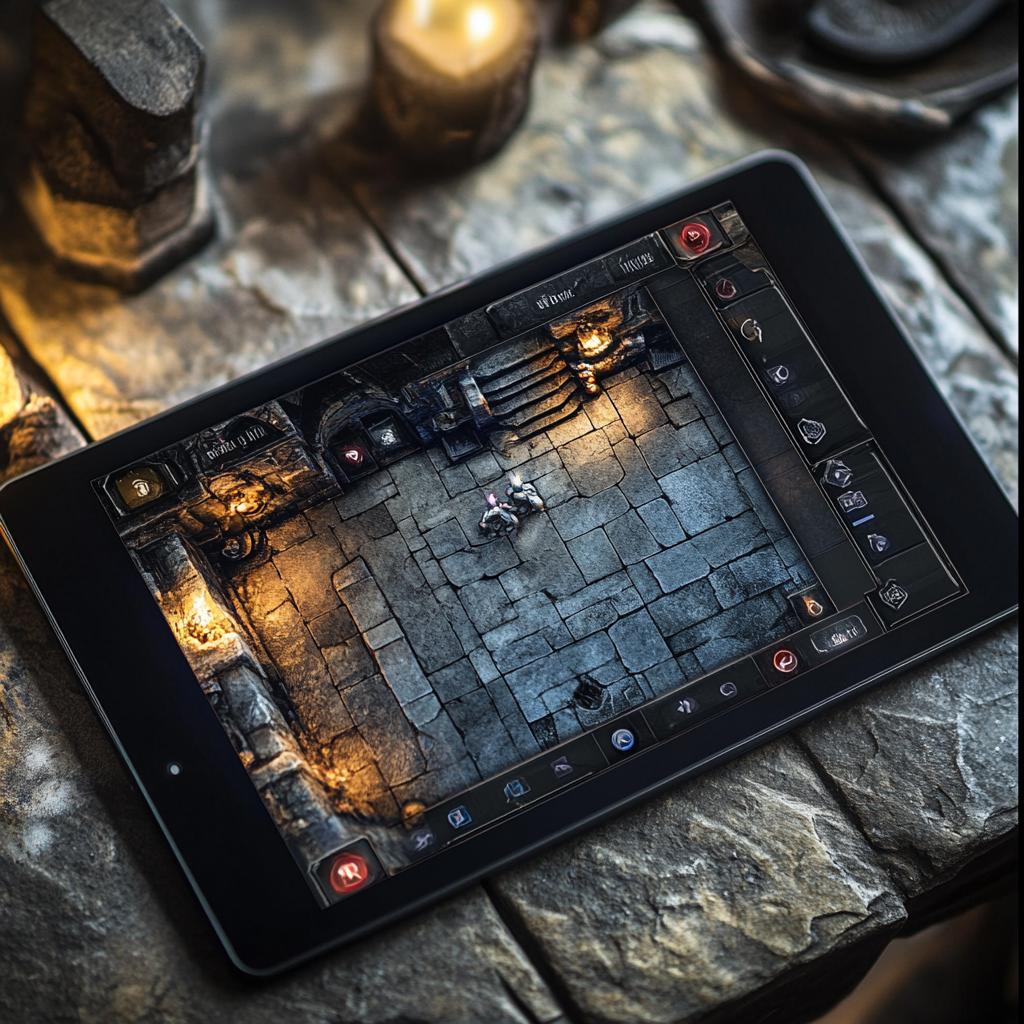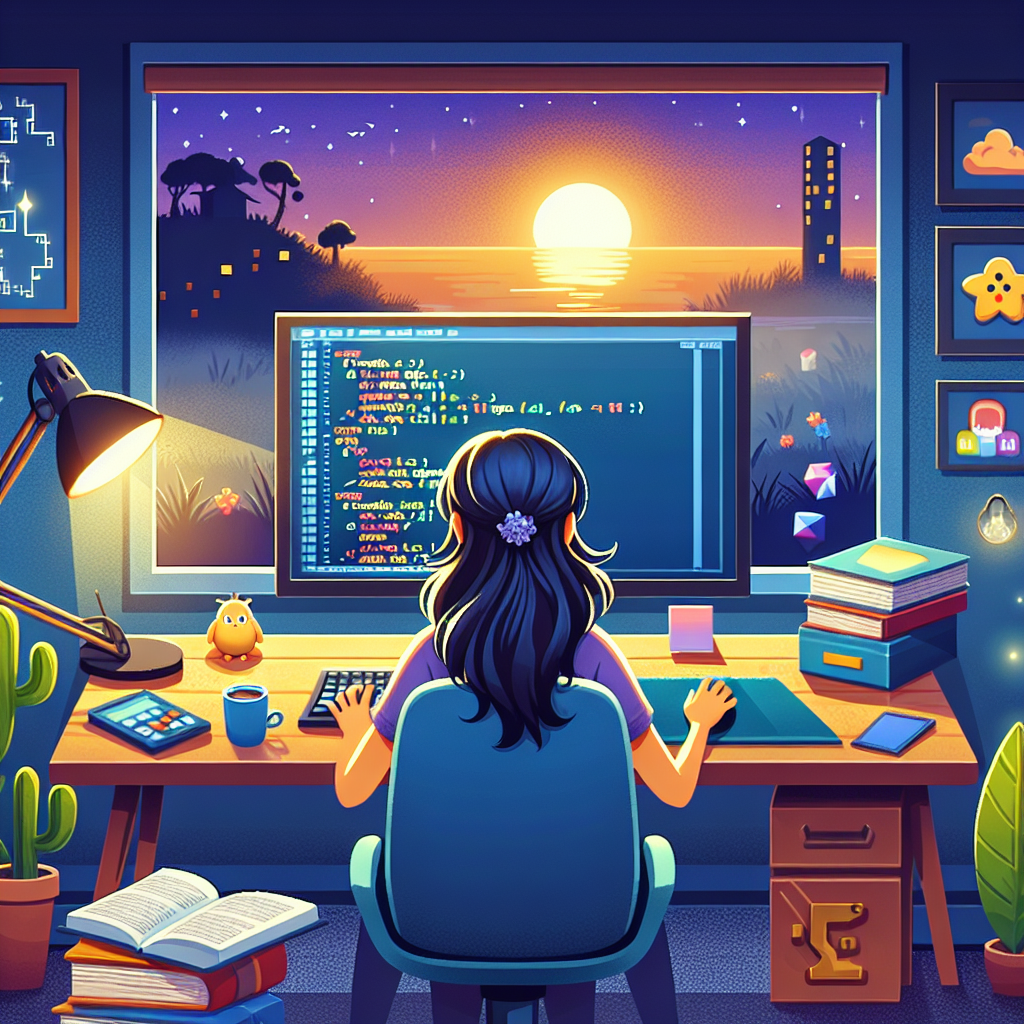The world of video games is a fascinating realm where creativity meets technology, and where dreams of immersive worlds and engaging gameplay come to life. For many, the idea of learning how to develop a game app is both thrilling and daunting.
The whole thing involves a blend of artistry, technical skill, and strategic planning. In this article, we will guide you through the essential steps of how to develop a game app – offering insights that will help you navigate the process from concept to launch. We are Main Leaf, a trustful game development company you can count on for every step of your journey!
You may also find useful: The art of solo game development – is it worth it?
How to develop a game app: understanding the game development process
Developing a game app is not just about writing code or designing characters; it’s a multifaceted process that requires careful planning and execution. The journey begins with an idea, but it’s the execution that transforms that idea into a playable experience.

The process can be broken down into 5 key stages:
- conceptualization;
- pre-production;
- production;
- testing;
- and launch.
As we’ll see in the following sections, each stage plays a critical role in ensuring the final product is polished, engaging, and ready for players to enjoy. Let’s plunge right into them!
Conceptualization: the birth of an idea
Every great game starts with an idea, of course – and you yourself may have had many over the years. This is the stage where creativity takes center stage. Developers brainstorm concepts, themes, and gameplay mechanics that will form the foundation of the game. It’s important to consider the target audience during this phase.
Are you creating a game for casual mobile gamers, or are you aiming for a more hardcore audience on PC or consoles? Understanding your audience will help shape the direction of your game.
During conceptualization, it’s also crucial to research the market. What types of games are currently popular? Are there gaps in the market that your game could fill?
Tools like Google Trends and industry reports can provide valuable insights. Additionally, exploring successful games in your chosen genre can help you identify what works and what doesn’t.
Pre-production: planning and prototyping
Once the concept is solidified, the next step is pre-production. This stage involves creating a detailed game design document (GDD) that outlines every aspect of the game, from the storyline and characters to the gameplay mechanics and level design. The GDD serves as a blueprint for the entire development process, ensuring that everyone on the team is on the same page.

Prototyping is another critical aspect of pre-production. A prototype is a basic version of the game that allows developers to test core mechanics and gameplay ideas. It doesn’t need to be polished or visually impressive; the goal is to determine whether the game is fun and feasible. Tools like Unity and Unreal Engine are popular choices for creating prototypes, as they offer a wide range of features and are relatively easy to use.
Production: bringing the game to life
The production phase is where the bulk of the work happens. This is when the game’s assets are created, the code is written, and the levels are designed. Artwork, sound effects, music, and animations all come together during this stage: here, collaboration is key, as artists, programmers, and designers work together on the chosen engine to bring the game to life.
If you are wondering how to develop a game app efficiently, it’s important to adopt an iterative approach. This means continuously testing and refining the game as it develops. Regular playtesting sessions can help identify issues early on, allowing developers to make adjustments before they become major problems.
Agile development methodologies, which emphasize flexibility and collaboration, are often used in game development to manage this process effectively.
Testing: ensuring a polished experience
Testing is a crucial step in the game development process. It’s not just about finding bugs; it’s about ensuring that the game is enjoyable and intuitive for players.
Quality assurance (QA) testers play a vital role in this stage, meticulously checking every aspect of the game to identify any issues. This includes testing for gameplay balance, user interface (UI) usability, and performance across different devices.

Beta testing is another important aspect of the testing phase. By releasing a beta version of the game to a select group of players, developers can gather valuable feedback and identify any last-minute issues. This feedback can be used to make final adjustments before the game is launched.
Launch: sharing your game with the world
Finally! The launch phase is both exciting and nerve-wracking; after months (or even years) of hard work, the game is finally ready to be released to the public.
However, launching a game is not just about making it available on app stores or digital platforms. It’s also about marketing and promotion. Creating a buzz around your game is essential to ensure it reaches its target audience, even if costly – as we explore in-depth in this other guide.
That being said, social media, influencer partnerships, and press releases are all effective ways to generate interest in your game. Additionally, optimizing your game’s store page with compelling visuals, a clear description, and engaging screenshots can help attract potential players.
Read also: How to pitch a video game idea and get your game noticed
Developing a game app is a nonstop effort
Bear in mind that the work doesn’t stop once the game is launched! Post-launch support is crucial for maintaining player engagement and ensuring the long-term success of your game. This includes releasing updates, fixing bugs, and adding new content to keep players coming back for more.
Listening to player feedback and responding to their needs can help build a loyal community around your game.
Monetization is another important consideration during the post-launch phase: whether through in-app purchases, ads, or premium pricing, finding the right monetization strategy can help ensure your game is financially sustainable.
Main Leaf can help turn your vision into reality!

Developing a game app is a complex but rewarding process. It requires a combination of creativity, technical skill, and strategic planning. That said, don’t ever give up! If you’re ready to take the next step in your game development journey, consider partnering with a professional game development studio, like us here at Main Leaf, so you don’t find yourself alone and overloaded with work. With years of experience and a passion for creating exceptional games, we can help bring your ideas to life!
Whether you’re looking to develop a mobile game, a console title, or a PC game, we offer the expertise and resources you need to succeed. Contact us today to learn more about our services and how we can help you create the next big hit in the gaming world.

